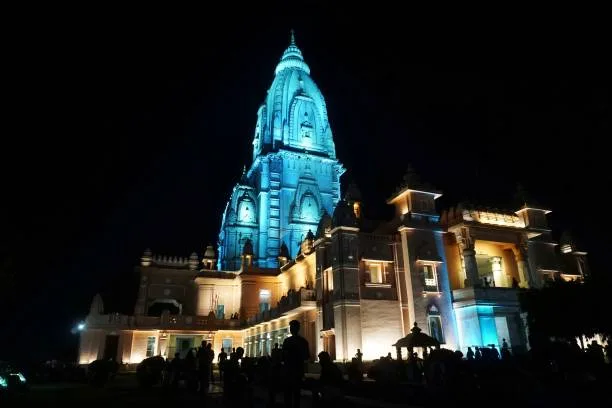Spiritual Tourism Destinations in India, India is a country with a deep spiritual history. It has many places where people can find inner peace and a connection to something bigger. From old temples and holy rivers to monasteries in the Himalayas, spiritual tourism in India can be a life-changing experience. Here are the 10 best places for spiritual tourism in India, where you can get a taste of the country’s rich spiritual traditions.
- 1. Varanasi – The City of Light
- 2. Rishikesh – The Yoga Capital of the World
- 3. Bodh Gaya – The Land of Enlightenment
- 4. Amritsar – Home to the Golden Temple
- 5. Haridwar – Gateway to the Gods
- 6. Tirupati – The Abode of Lord Venkateswara
- 7. Dharamshala – The Land of the Dalai Lama
- 8. Puri – The Sacred Beach Town
- 9. Kedarnath – A Sacred Himalayan Pilgrimage
- 10. Shirdi – The Town of Sai Baba
- FAQs
1. Varanasi – The City of Light
Highlights:
- Key Attractions: Kashi Vishwanath Temple, Ganga Aarti, boat rides on the Ganges
- Spiritual Importance: Varanasi is one of the oldest continuously inhabited cities in the world and a major pilgrimage site for Hindus. The holy city is believed to offer moksha (liberation from the cycle of life and death) to those who die here.
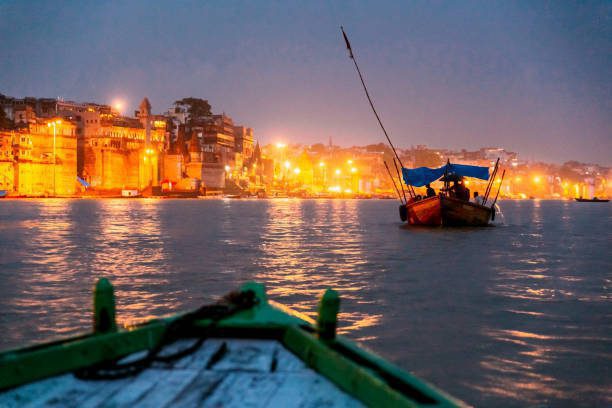
Varanasi is often called the spiritual capital of India. People come here to bathe in the holy Ganges River and do rituals that they believe can wash away their sins. Watching the evening Ganga Aarti, when people float lamps on the river, is a spiritual experience you won’t forget.
2. Rishikesh – The Yoga Capital of the World
Highlights:
- Key Attractions: Parmarth Niketan Ashram, Laxman Jhula, Triveni Ghat
- Spiritual Importance: Located in the foothills of the Himalayas, Rishikesh is a center for yoga, meditation, and spiritual retreats.
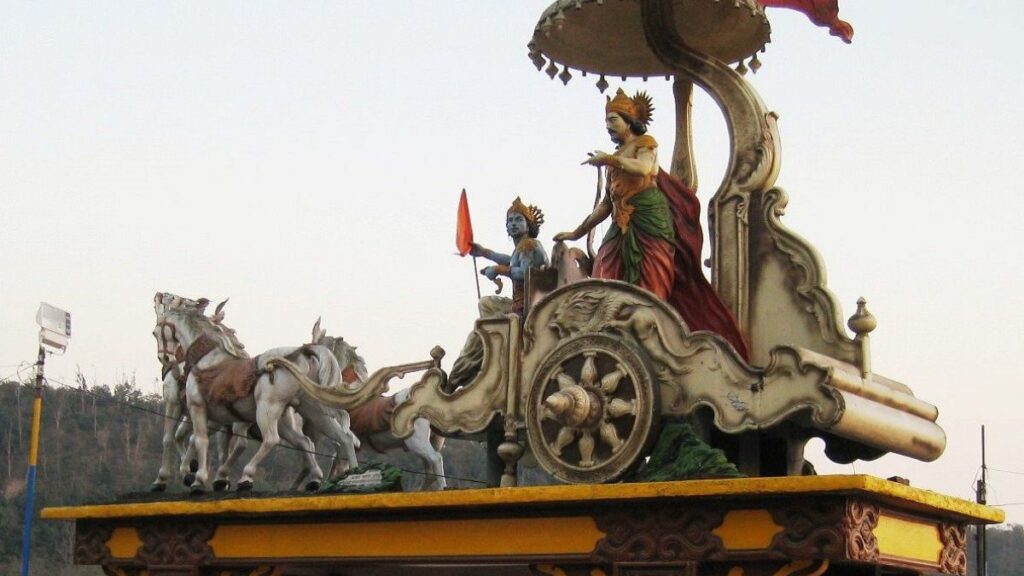
Rishikesh is where the Beatles stayed at the Maharishi Mahesh Yogi’s ashram. Since then, it has become a popular place for people who are seeking spiritual growth. Whether you want to improve your yoga skills or attend the International Yoga Festival, Rishikesh is a peaceful place to grow spiritually.
3. Bodh Gaya – The Land of Enlightenment
Highlights:
- Key Attractions: Mahabodhi Temple, Bodhi Tree, Great Buddha Statue
- Spiritual Importance: Bodh Gaya is where Siddhartha Gautama became enlightened and became the Buddha.
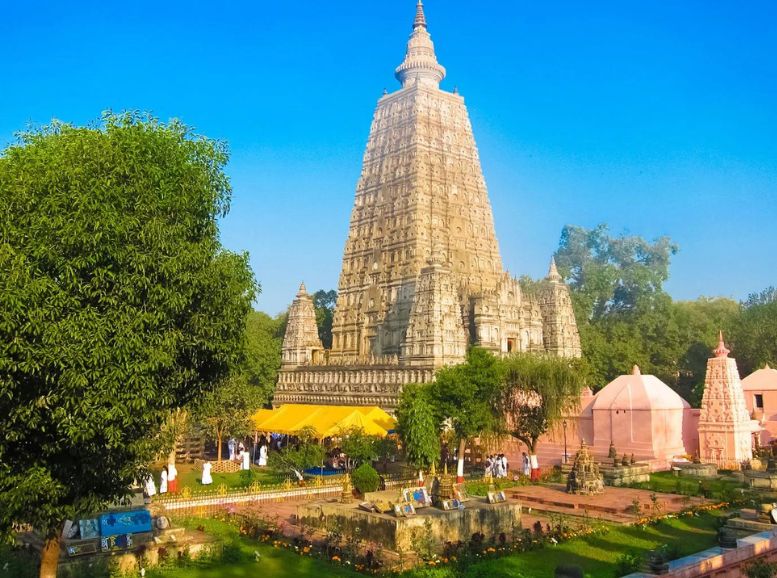
Bodh Gaya is one of the most important places for Buddhists to visit. The Mahabodhi Temple, a UNESCO World Heritage Site, is the center of this place. People from all over the world come here to meditate under the sacred Bodhi Tree.
4. Amritsar – Home to the Golden Temple
Highlights:
- Key Attractions: Harmandir Sahib (Golden Temple), Akal Takht, Wagah Border
- Spiritual Importance: Amritsar is the holiest city in Sikhism, home to the beautiful Golden Temple, which represents equality and brotherhood.
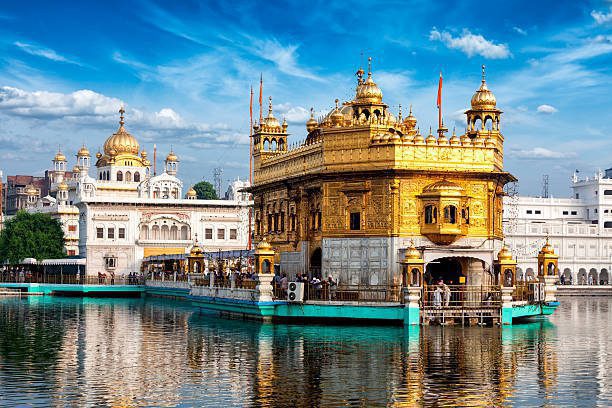
The Golden Temple, with its peaceful water tank and shining golden building, is a spiritual place for people of all religions. Visitors can join in the temple’s community kitchen (langar), which serves free meals to thousands every day.
5. Haridwar – Gateway to the Gods
Highlights:
- Key Attractions: Har Ki Pauri, Chandi Devi Temple, Mansa Devi Temple
- Spiritual Importance: Haridwar is one of the seven most sacred places for Hindus and is where the holy Ganga River flows out from the Himalayas.
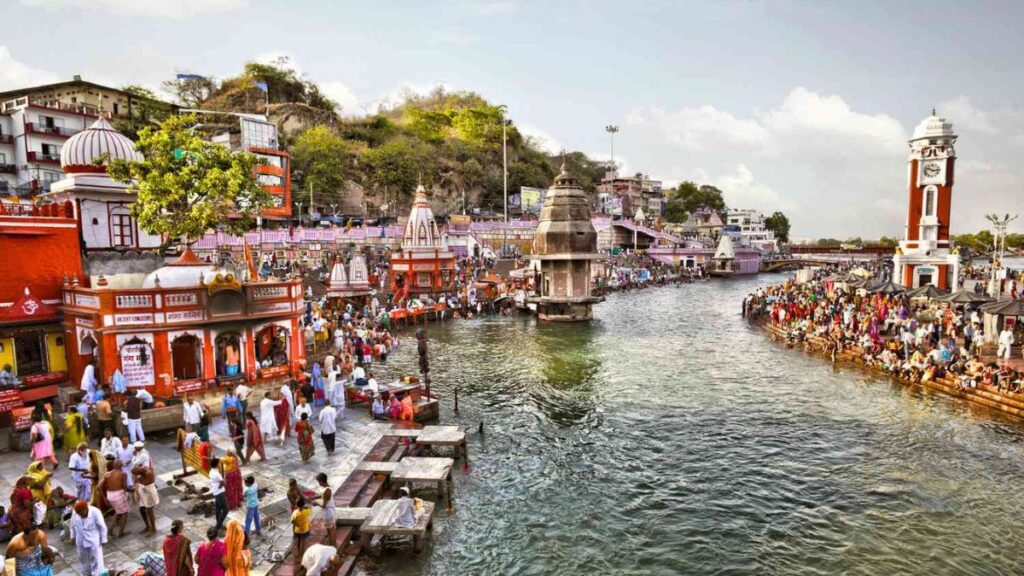
Haridwar is famous for the Kumbh Mela, a huge Hindu pilgrimage that attracts millions of people. The evening Ganga Aarti at Har Ki Pauri, where people offer oil lamps to the river, is a beautiful spiritual ritual that you shouldn’t miss.
6. Tirupati – The Abode of Lord Venkateswara
Highlights:
- Key Attractions: Tirumala Venkateswara Temple, Srivari Padalu
- Spiritual Importance: Tirupati in Andhra Pradesh is one of the most popular pilgrimage sites in the world, dedicated to Lord Venkateswara (a form of Vishnu).
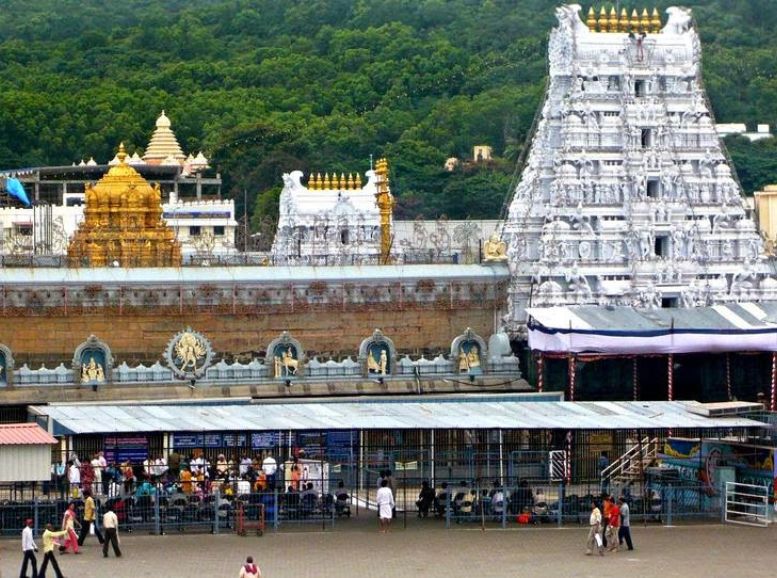
Tirupati’s grand temple, on top of the Tirumala Hills, is famous for its annual Brahmotsavam festival, which attracts millions of people. The temple is known for its lively spiritual atmosphere and complex rituals, offering devotees a divine experience.
7. Dharamshala – The Land of the Dalai Lama
Highlights:
- Key Attractions: Namgyal Monastery, Tsuglagkhang Complex, Tibetan Museum
- Spiritual Importance: Dharamshala, where His Holiness the Dalai Lama lives, is the center of Tibetan Buddhism in India.

Dharamshala, with the beautiful Dhauladhar Mountains in the background, is a peaceful place for those who want to grow spiritually. Visitors can learn about Buddhism, meditate in monasteries, and experience Tibetan culture.
8. Puri – The Sacred Beach Town
Highlights:
- Key Attractions: Jagannath Temple, Puri Beach, Gundicha Temple
- Spiritual Importance: Puri is one of the four most sacred pilgrimage sites in India, known for the annual Rath Yatra festival.
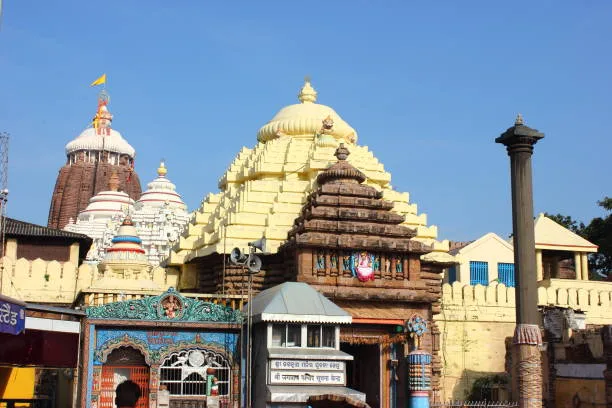
The Jagannath Temple in Puri is dedicated to Lord Jagannath (a form of Krishna), and the Rath Yatra attracts millions of people every year. Puri’s peaceful beaches are also a great place for spiritual reflection and relaxation.
9. Kedarnath – A Sacred Himalayan Pilgrimage
Highlights:
- Key Attractions: Kedarnath Temple, Chorabari Lake
- Spiritual Importance: Kedarnath, one of the 12 Jyotirlingas, is a significant Hindu pilgrimage site dedicated to Lord Shiva.
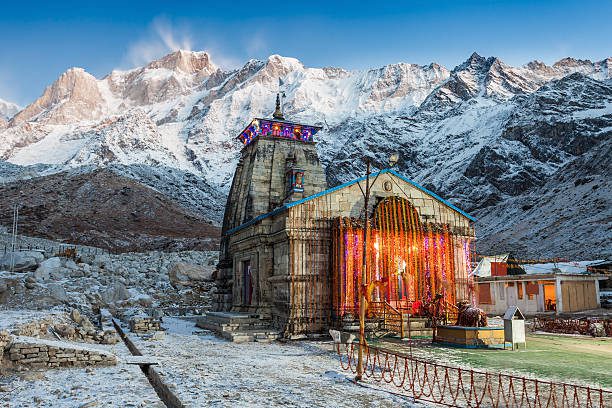
Kedarnath, in the Himalayas, is a remote and sacred place with beautiful views and a deep spiritual atmosphere. The temple is only accessible by a difficult trek, making it a journey that tests both your body and spirit.
10. Shirdi – The Town of Sai Baba
Highlights:
- Key Attractions: Shirdi Sai Baba Temple, Dwarkamai Mosque
- Spiritual Importance: Shirdi is a significant pilgrimage site dedicated to the revered saint, Sai Baba, who is worshipped by people of all faiths.
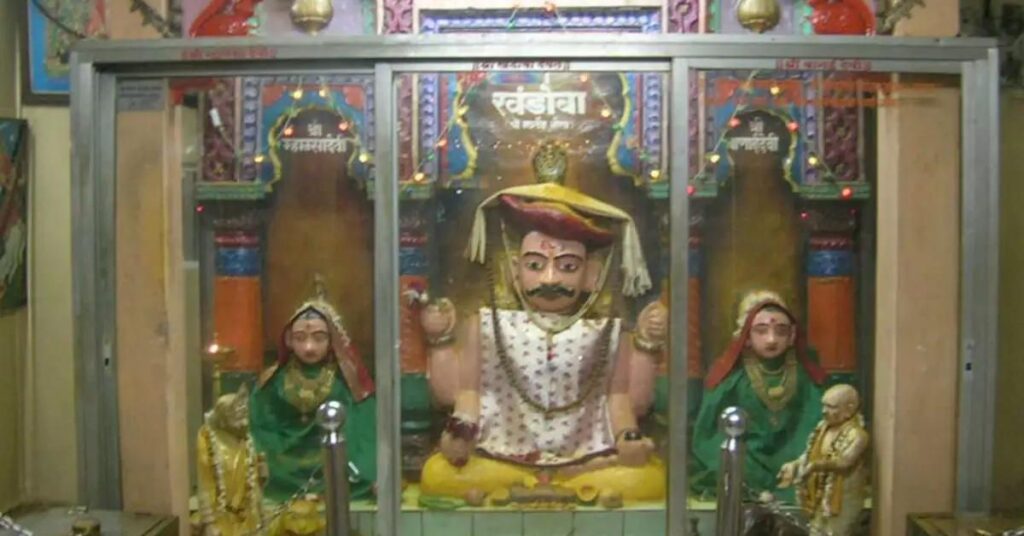
Shirdi is famous for its Sai Baba Temple, which attracts millions of people every year. Sai Baba’s teachings about love, charity, and tolerance continue to inspire people, and the town is a peaceful place for prayer and reflection.
Conclusion, Spiritual Tourism Destinations in India
A trip to India isn’t just a vacation; it’s a potential path to self-discovery and inner peace. From the serenity of Dharamshala’s monasteries to the enlightenment sought in Bodh Gaya, India’s spiritual tourism destinations offer profound experiences beyond the physical. Witness the unwavering devotion at Varanasi, the vibrant energy of the Rath Yatra in Puri, or simply find peace on serene beaches – these transformative sites echo the rich spiritual traditions that have shaped India for millennia. Explore them all and embark on your own spiritual odyssey with Xplro.com.
FAQs
1. What is spiritual tourism in India?
- Spiritual tourism in India refers to travel focused on visiting sacred sites, temples, monasteries, and holy places that offer a deeper connection to Indian spirituality. These destinations often provide an environment conducive to meditation, prayer, and self-discovery.
2. Which is the most popular spiritual tourism destination in India?
- Among the many spiritual tourism destinations in India, Varanasi is arguably the most popular. Known as the city of Lord Shiva, Varanasi is revered for its sacred Ganges River and ancient temples. Many believe that visiting or dying in Varanasi brings liberation from the cycle of reincarnation.
3. Are spiritual tourism destinations in India safe for solo travelers?
- Yes, most spiritual tourism destinations in India are safe for solo travelers. Popular spots like Rishikesh, Dharamshala, and Bodh Gaya are known for their peaceful environments and welcoming communities, making them ideal for solo spiritual journeys.
4. What activities are available at spiritual tourism destinations in India?
- At most spiritual tourism destinations in India, you can engage in meditation sessions, attend yoga classes, participate in temple rituals, and visit sacred landmarks. These locations often offer immersive spiritual experiences that include chanting, prayer ceremonies, and teachings from spiritual leaders.
5. When is the best time to visit spiritual tourism destinations in India?
- The best time to explore spiritual tourism destinations in India is generally from October to March when the weather is cooler and more comfortable for exploring temples, ashrams, and pilgrimage trails. Certain festivals, like the Kumbh Mela or Diwali, also enhance the spiritual experience during specific months.
6. Do I need to follow a specific faith to visit spiritual tourism destinations in India?
- No, spiritual tourism destinations in India welcome visitors from all faiths. Whether you follow Hinduism, Buddhism, Sikhism, or are simply a spiritual seeker, you can explore India’s rich spiritual heritage and participate in rituals without adhering to a specific religion.
7. Is it safe for international tourists to visit spiritual destinations in India?
- Yes, spiritual tourism destinations in India are generally safe for international tourists. Popular spiritual hubs like Varanasi, Rishikesh, and Amritsar are accustomed to hosting visitors from around the world. However, it is advisable to exercise common travel precautions to ensure a smooth trip.
8. Can I find yoga and meditation retreats at spiritual tourism destinations in India?
- Many spiritual tourism destinations in India are known for their yoga and meditation retreats. Rishikesh, often called the “Yoga Capital of the World,” offers numerous retreats, while places like Dharamshala focus on Buddhist meditation practices. These retreats allow travelers to delve deep into their spiritual practice in serene settings.
9. What are some must-attend spiritual festivals at these destinations?
- Spiritual tourism destinations in India host numerous festivals. Major ones include the Kumbh Mela in Haridwar, Rath Yatra in Puri, and Guru Purnima in Varanasi. These events draw millions of pilgrims and offer a deeply immersive spiritual experience.
10. Are there guided tours available for spiritual tourism destinations in India?
- Yes, many tour companies offer guided packages to spiritual tourism destinations in India. These tours often include visits to temples, ashrams, and holy sites, along with arrangements for accommodations and spiritual activities like yoga or meditation sessions.
11. Can I experience multiple spiritual traditions in one trip to India?
- India is home to multiple spiritual traditions, and you can explore a variety of them in one trip. Spiritual tourism destinations in India like Varanasi, Bodh Gaya, and Amritsar offer a diverse range of spiritual experiences—from Hindu temples to Buddhist monasteries and Sikh gurdwaras.
12. What should I pack for a spiritual trip to India?
- When visiting spiritual tourism destinations in India, it’s important to pack modest, comfortable clothing suitable for temple visits. A pair of sturdy shoes, sunscreen, and a water bottle are essential, especially if you plan to explore outdoors or participate in meditation retreats in remote areas.




